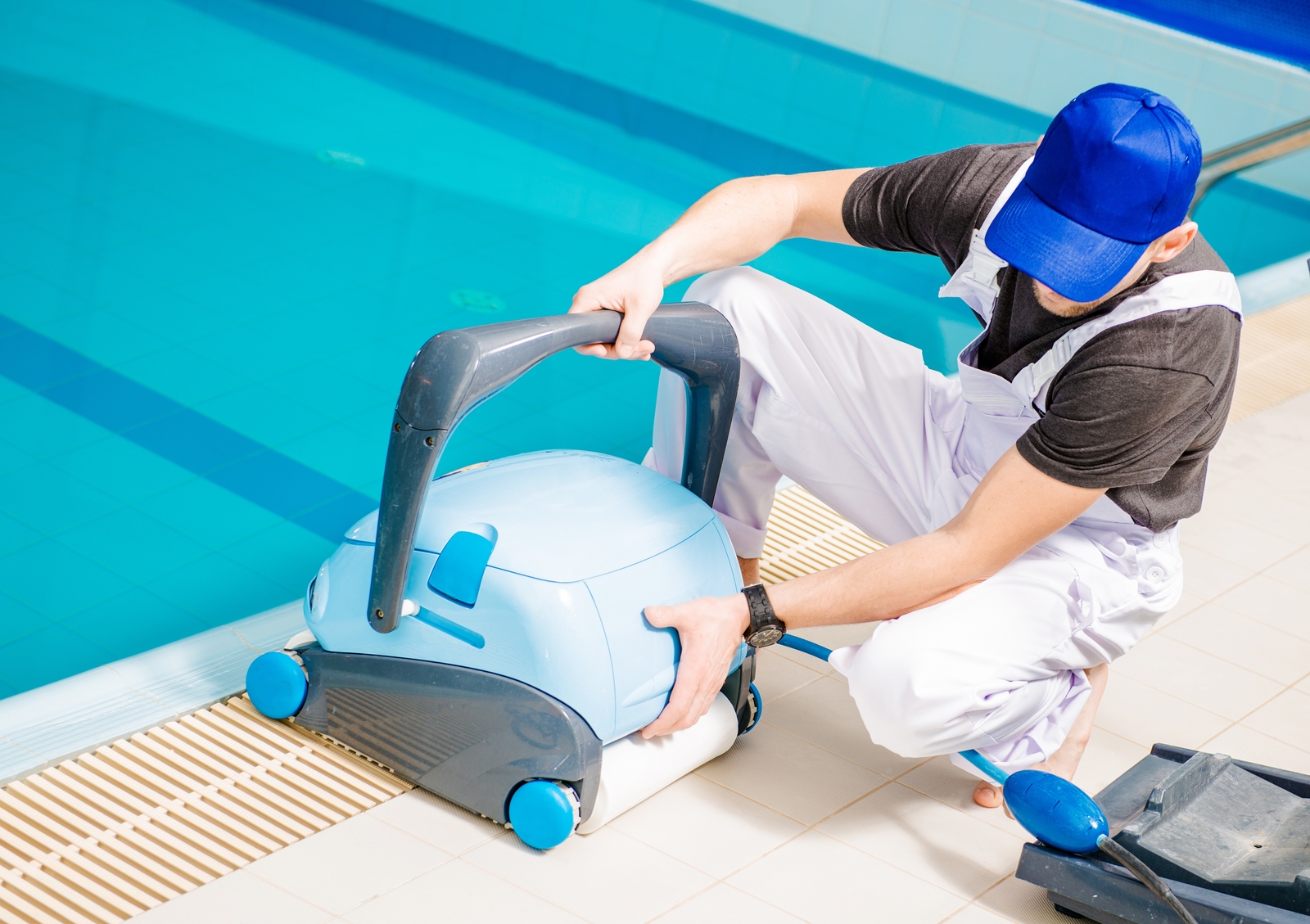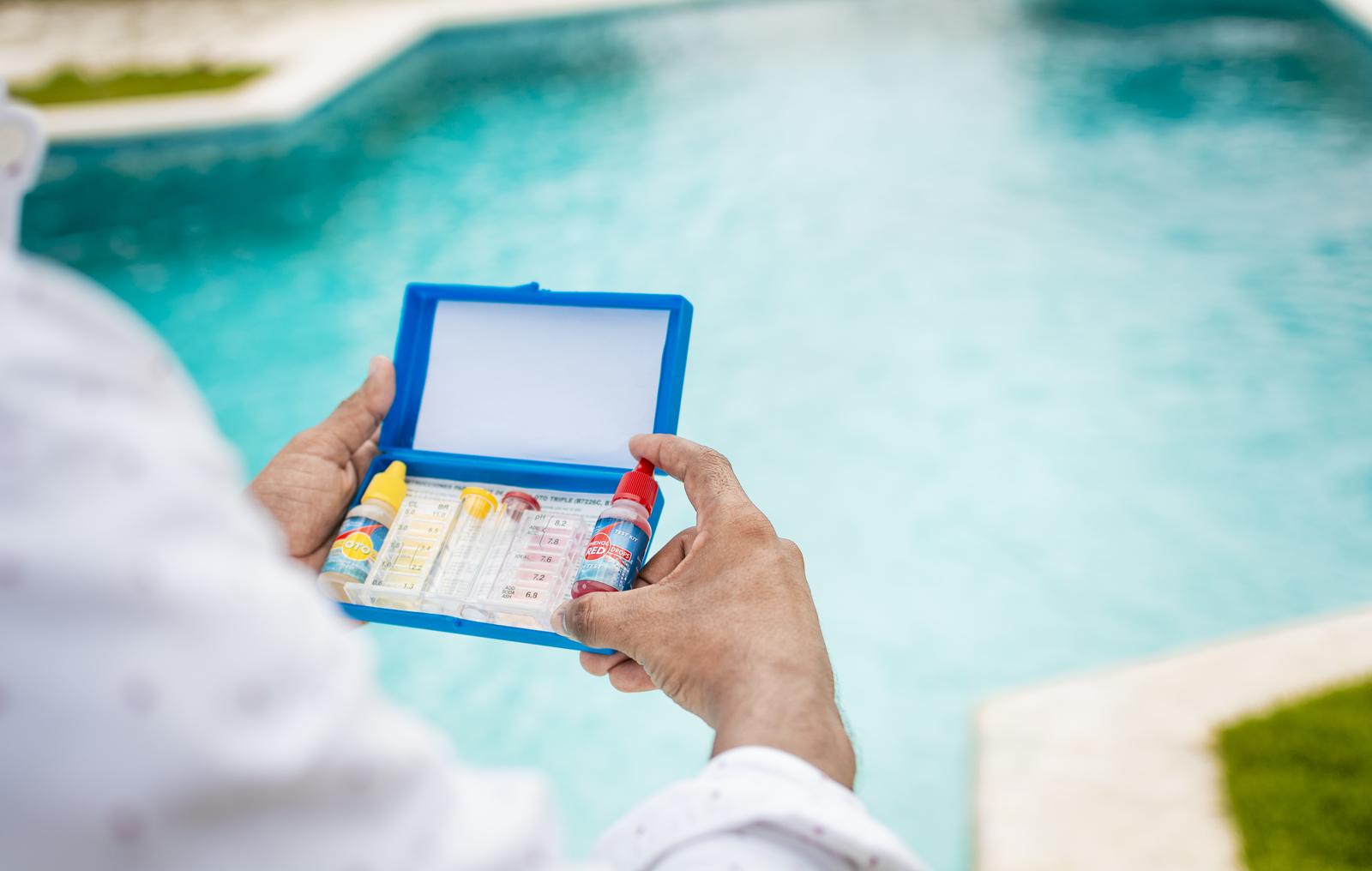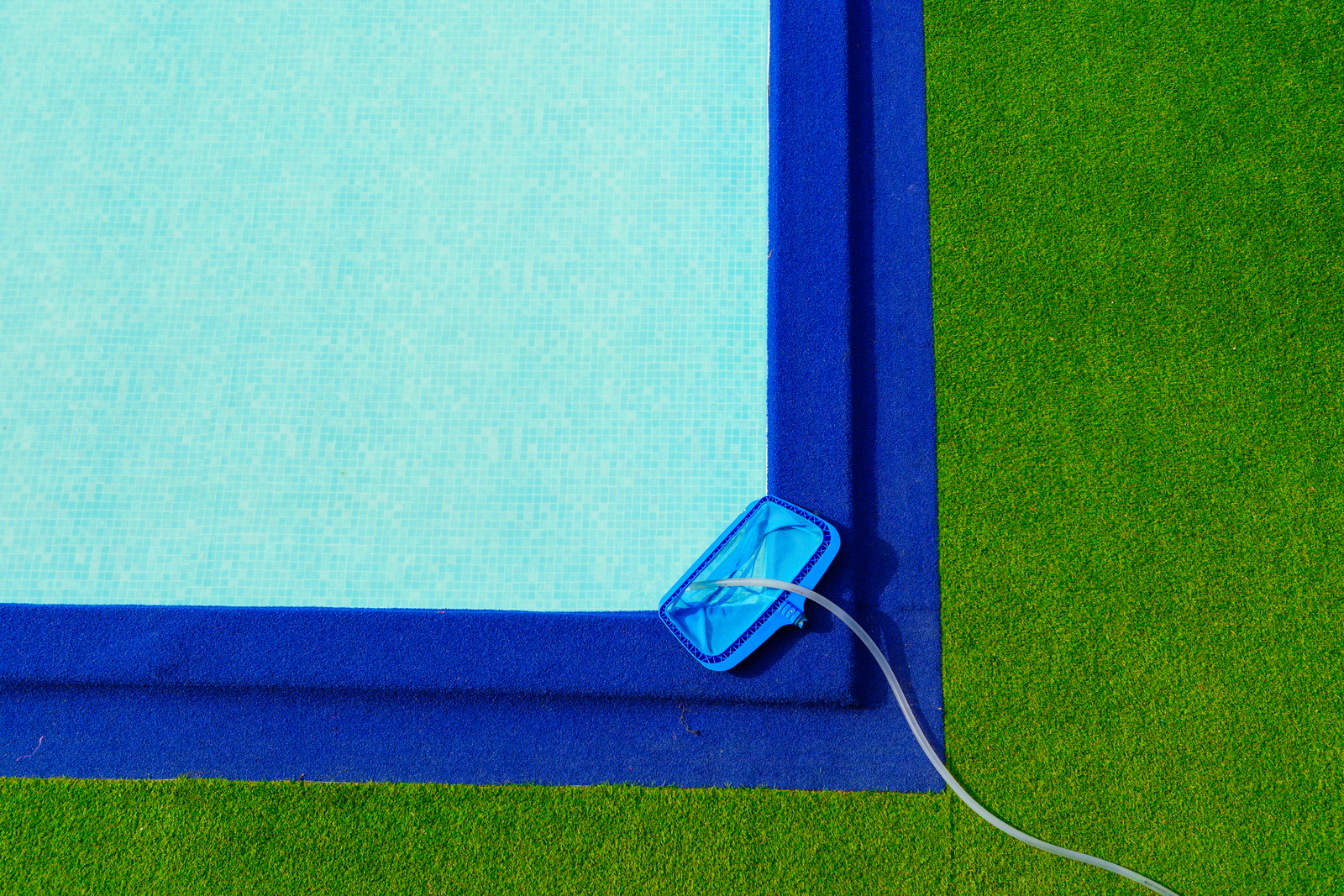How to Test Pool Water Chemistry
Why Proper Pool Chemistry is Essential
Pool water chemistry plays a critical role in ensuring the cleanliness and safety of your pool. The correct pH and chemical balance protect swimmers from irritants like eye or skin discomfort and prevent damage to your pool equipment and surfaces. If your pool’s pH or chemicals are out of balance, it can lead to various issues like:
- Corrosion of pool equipment and surfaces.
- Growth of algae and bacteria.
- Reduced effectiveness of sanitizers like chlorine.
- Cloudy water and unpleasant odors.
A well-maintained pool doesn’t just look great—it’s also safer and more enjoyable for swimmers. By understanding and maintaining the right balance, you will protect both your pool and your investment in the long run.
Understanding Pool Chemistry: Key Components
Before diving into the specifics of balancing pool water chemistry, it’s essential to understand the key components that make up the ideal chemical balance in your pool:
pH Levels
The pH level measures the acidity or alkalinity of your pool water. Pool water that is too acidic (low pH) or alkaline (high pH) can cause problems. Ideally, your pool’s pH should be between 7.2 and 7.6, considered the optimal range for pool water.
- Low pH (< 7.2): This can irritate the eyes and skin, damage pool equipment, and accelerate chlorine’s effectiveness.
- High pH (> 7.6): Alkaline water can cause cloudy water and reduce the sanitizing power of chlorine, leading to algae growth.
Chlorine Levels
Total Alkalinity (TA)
Calcium Hardness
Cyanuric Acid (CYA)
The Process of Testing Pool Water Chemistry
Testing your pool water is the first step in maintaining the proper pH and chemical balance. There are several methods for testing pool water, each with advantages and disadvantages.
Test Strips
Liquid Test Kits
Digital Pool Testers
Digital pool testers are available for those who want a more advanced and precise method of testing. These testers use electrochemical sensors to provide an accurate reading of the pool’s chemical levels. They are reliable but can be expensive.
Adjusting Chemical Imbalances in Your Pool
Once you have tested your pool water and identified imbalances, it’s time to make the necessary adjustments.
Balancing pH
Managing Chlorine Levels
Adjusting Alkalinity
Baking soda can raise total alkalinity. To lower it, slowly add muriatic acid or dry acid, following the same method used to adjust pH.
Controlling Calcium Hardness
Managing Cyanuric Acid (CYA)
Maintaining Pool Chemistry with Regular Testing
Tips for Effective Pool Maintenance
To keep your pool chemistry in balance, consider these best practices:
- Keep a Regular Schedule: Establish a routine for testing and maintaining your pool water. Make it a habit to check pH and chlorine levels weekly.
- Use Quality Chemicals: Always use high-quality pool chemicals and ensure they are stored in a cool, dry place.
- Keep Your Pool Clean: Regularly clean your pool’s filter, skimmer, and surface to prevent debris from affecting your water chemistry.
- Monitor Pool Usage: Increased usage or high temperatures can alter the chemical balance. Be proactive in testing when changes occur.




